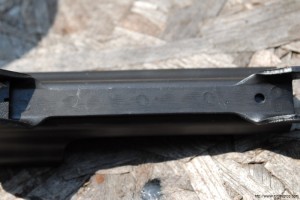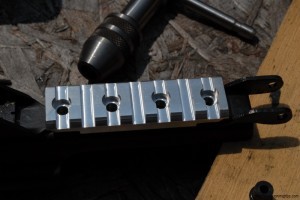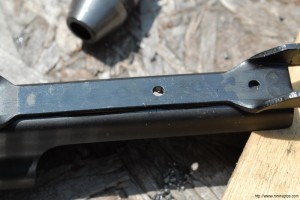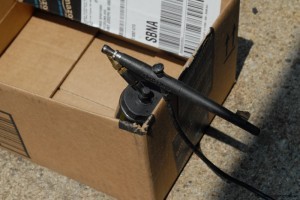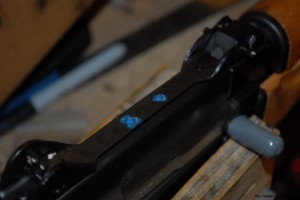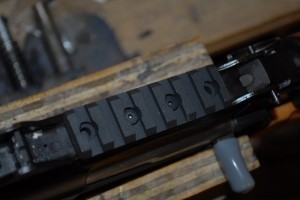Military Arms Channel (MAC) visited the Beretta USA facility in 2015. To be honest, I really didn’t expect anything surprising because three years had passed and Beretta really hasn’t done anything of interest to me for years and years. Well, that changed in this video at the 10:12 mark but let’s not jump ahead.
MAC got a good tour with tons of photos of the M9 service pistol, notably the M9A3 with its Picatinny rail and other updates. You get a chance to see some automation but also considerable handwork. When I watched the video on Beretta’s Gordonne, Val Trompia,Italy, facility, there seemed to be much more automation.
Regardless, it was interesting to watch purely from a manufacturing perspective. Nothing really noteworthy to be completely honest – just another factory … and then the video kept going on and knocked my socks off…




The Picatinny Rail as a Platform
Now this is where I need to point out that my jaw dropped starting at about the 10:12 mark. If you have been around weapons in recent years, you are probably very used to seeing the Picatinny rails on weapons for mounting accessories. Historically, firms would have proprietary means for adding accessories and this would limit your ability to find devices that could be mounted and your ability to move them from weapon to weapon.
MIL-STD-1913 was published by the Picatinny Arsenal in 1995 and finally created a standardized solution. This enabled all the different light, lasers, optics, mounting points and more to have a standard way to connect to the weapon.
So, let’s come back to the video. Beretta realized that the rail can be far more than a dumb mounting point. It can be a backplane that enables both shared power and data. I really had a “holy cow that makes so much sense moment.”
No more different battery types or some full and some not. You can attach to the rail and the device taps in via exposed connectors for power and data services. Beyond the battery, you could, for example, have a laser designator and range finder providing data to an optic and uplink all modularly.




I like the idea of a hard wired connection vs wireless that can be compromised or outright blocked. As more and more electronics show up on small arms, engineers will need to figure out how to make them both reliable, resistant to electromagnetic pulses (EMPs) and secure and that last part I am referring to information security.
Bottom line, kudo to Beretta. They thought of this over three years ago!! I think we are seeing a future direction for the industry here if it can leap frog from Beretta and get some other big players behind it notably Magpul and other DoD suppliers.
Here’s the Video
If you find this post useful, please share the link on Facebook, with your friends, etc. Your support is much appreciated and if you have any feedback, please email me at in**@*********ps.com. Please note that for links to other websites, we are only paid if there is an affiliate program such as Avantlink, Impact, Amazon and eBay and only if you purchase something. If you’d like to directly contribute towards our continued reporting, please visit our funding page.
Please note that all images were extracted from the video and remain the property of their respective owner(s).


